
Safety work gloves, industrial rubber footwear & personal protective clothing to meet specific requirements
Before selecting any protective clothing, footwear or safety work gloves, it is necessary to determine the nature of the protection required.
The principle factors to determine protection require:

Functional requirements may include style and fit to accommodate the type of working activity involved.
Construction of articles is extremely important in considering protection against hazardous chemicals. Sealed seams, stitched seams, liquid proof or resistant, dexterity.

If hazardous chemical protection is required, it is necessary to know the type of exposure expected. Does the exposure occur as an occasional splash, continuous liquid contact, intermittent liquid contact or vapor contact? Temperature during exposure is also important. Elevated temperatures increase the rate of permeation thus decreasing breakthrough time. Higher temperatures also hasten any degradation tendencies.
The toxic properties of chemicals encountered must be

clearly defined. Each chemical has its distinct properties. It is possible to make judgments of chemicals that have the same chemical classification by chemical functional groups, but professional judgment must be applied. Toxicity tolerance levels for humans must be known for each chemical and the mechanism of how it will attack the human body must be understood.
Articles of protective gloves, rubber footwear and raingear should be regularly inspected for signs of degradation or excessive wear. Some signs of degradation of material are a change in color, a softening of the material, hardening of the material, cracking. An article worn thin or that exhibits deep cuts, nicks or separation should be taken out of service if being used for any hazardous us.
Hazmat Suits
A hazardous material suit, sometimes called a hazmat suit, is a whole-body personal protective equipment that is worn as protection against hazardous materials. It is designed to be impermeable to avoid the contact of hazards to people. Often hazardous material suits are made with a self-contained breathing apparatus (SCBA) to ensure a supply of breathable air.
These suits are commonly used by emergency medical technicians, paramedics, researchers, firefighters, personnel responding to toxic spills, specialists cleaning up contaminated facilities, and workers in toxic environments. People in the medical field and volunteers need to wear these suits to avoid catching the coronavirus SARS-CoV-2, which causes the sometimes-deadly disease COVID-19.
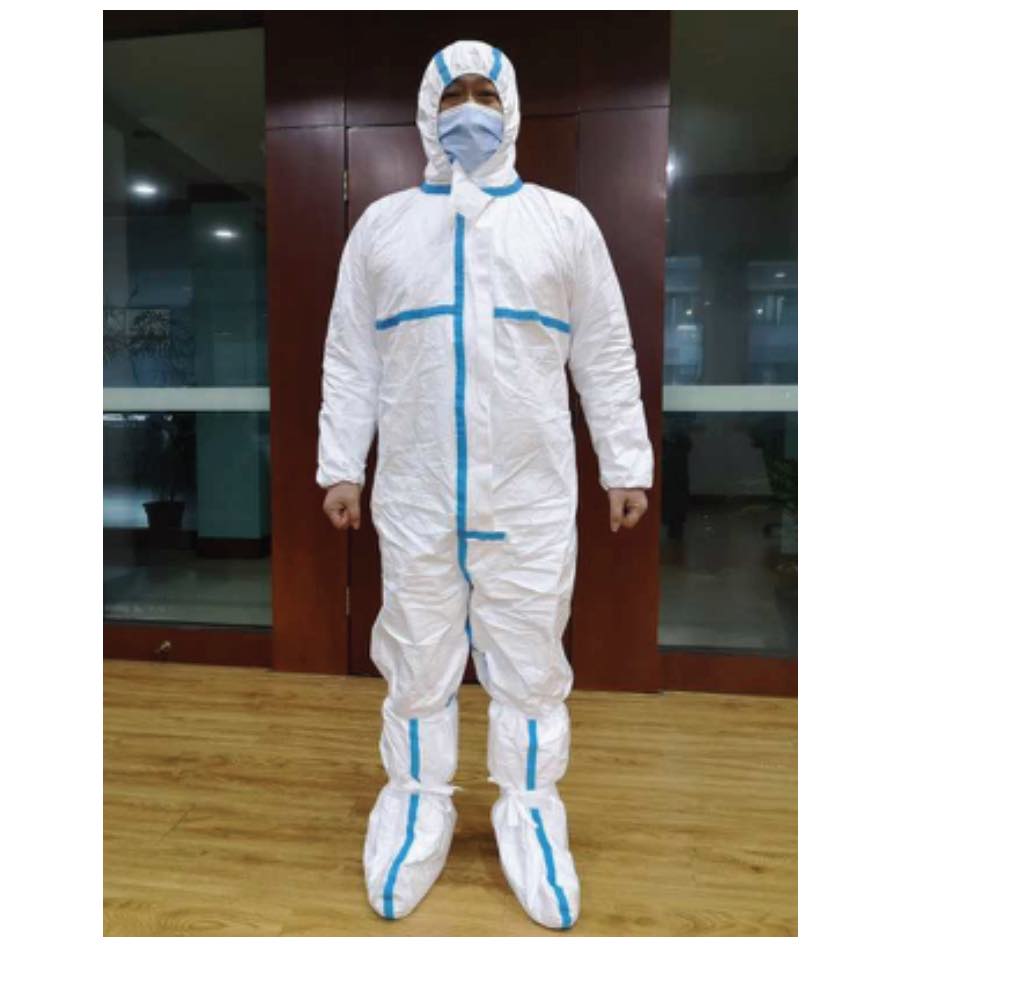
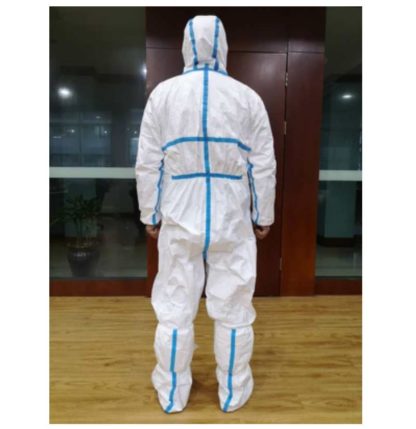
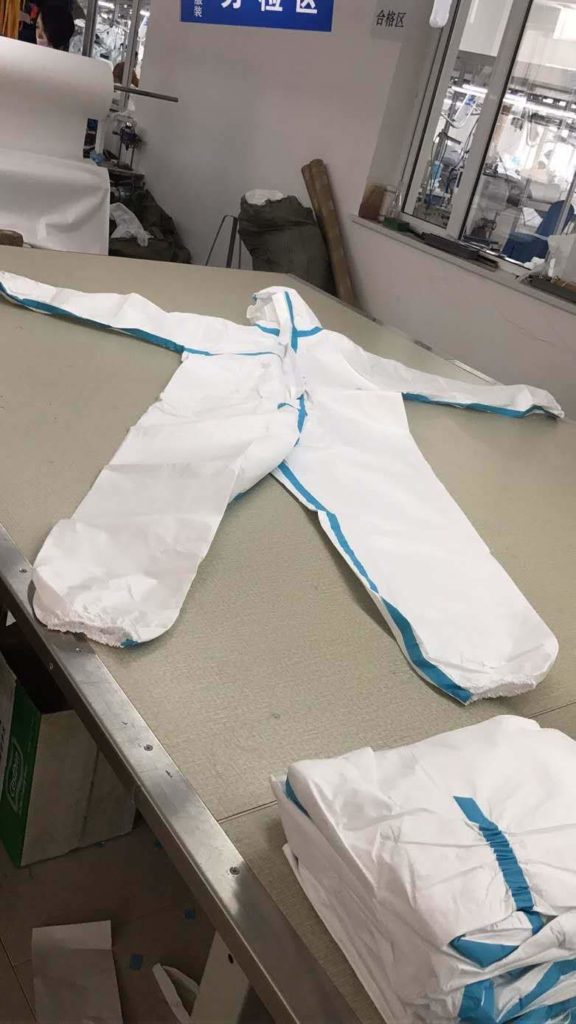
Safety Goggles and Gloves
To protect the area surrounding the eye in order to prevent particulates, water or chemicals from striking the eyes, goggles or safety glasses are used. These are frequently used in chemistry laboratories and in woodworking.
In the same way, safety gloves protect the hands from hazardous matter. It is important to wear gloves when working with hazardous chemicals and other materials because they protect our hands from infection and contamination. Protective gloves should be selected on the basis of the hazards involved.
- Nitrile gloves protect against most chemicals and infectious agents.
- Rubber gloves protect against mild corrosive material.
- Neoprene gloves protect against most solvents, oils, and mild corrosive materials.
- Avoid latex gloves as many people are allergic or develop allergies to this material.
- Leather gloves are used when welding, as the leather can resist sparks and moderate heat and minimize the risk of cuts and abrasions.
Face Masks
When you hear about face masks, it’s generally three types:
- Homemade cloth face mask
- This mask is simple, easy to make and readily available. However, cloth face masks can only give a little protection. While homemade face masks still offer some degree of protection, they offer a lot less protection than surgical masks or respirators. Note that homemade cloth masks should be washed after every use.
- Surgical mask
-
Surgical masks are disposable, loose-fitting face masks that cover your nose, mouth, and chin. They’re typically used to protect the wearer from sprays, splashes, and large-particle droplets and prevent the spread of potentially infectious respiratory secretions from the wearer to others
-
- N95 / KN95 respirators
- A respirator mask is a more tight-fitting face mask. In addition to splashes, sprays, and large droplets, this respirator can also filter out 95 percent of very small particles. This includes viruses and bacteria.
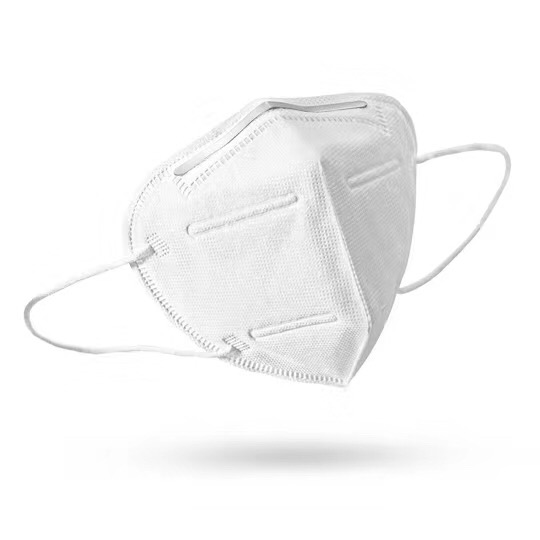
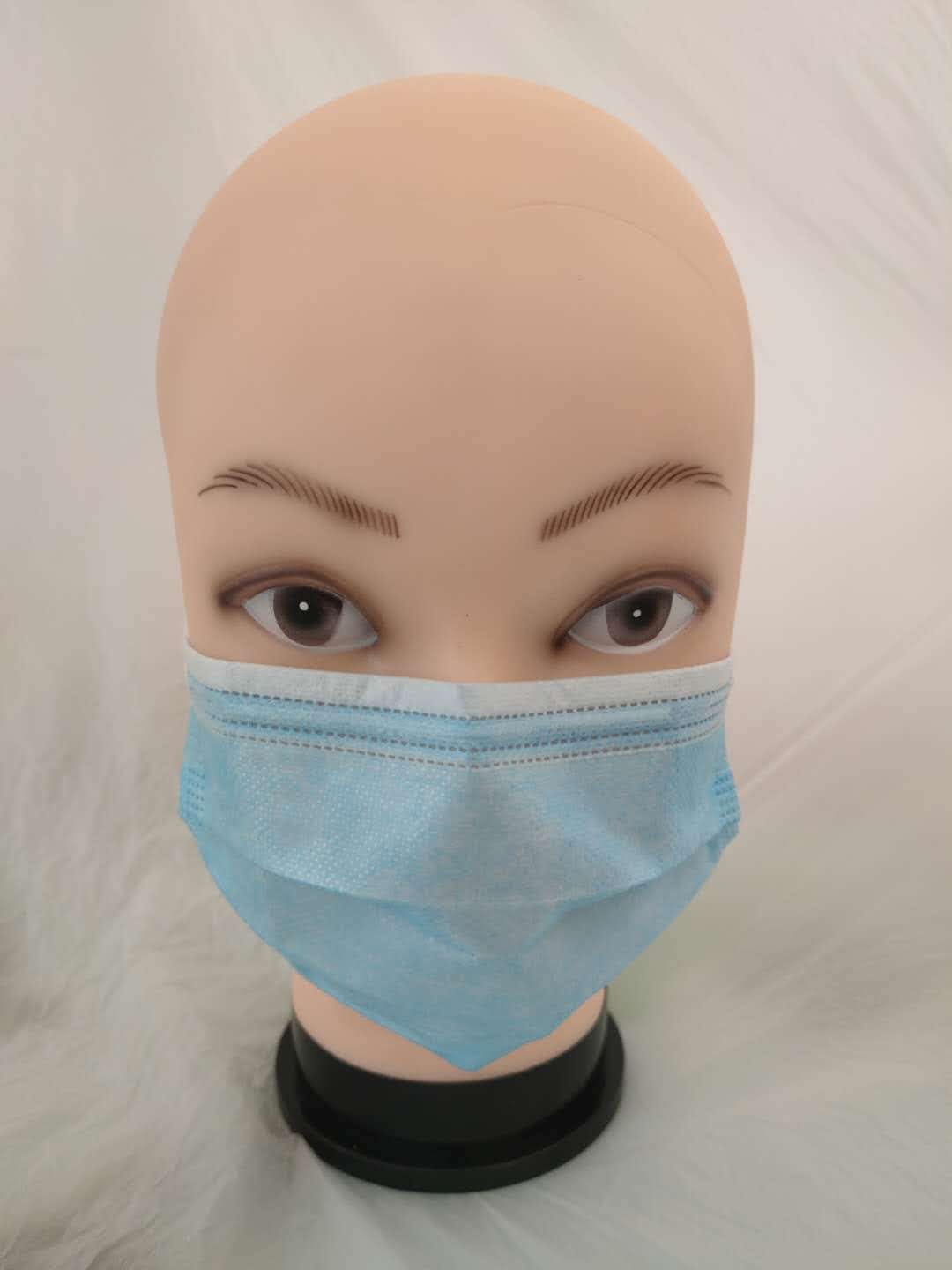
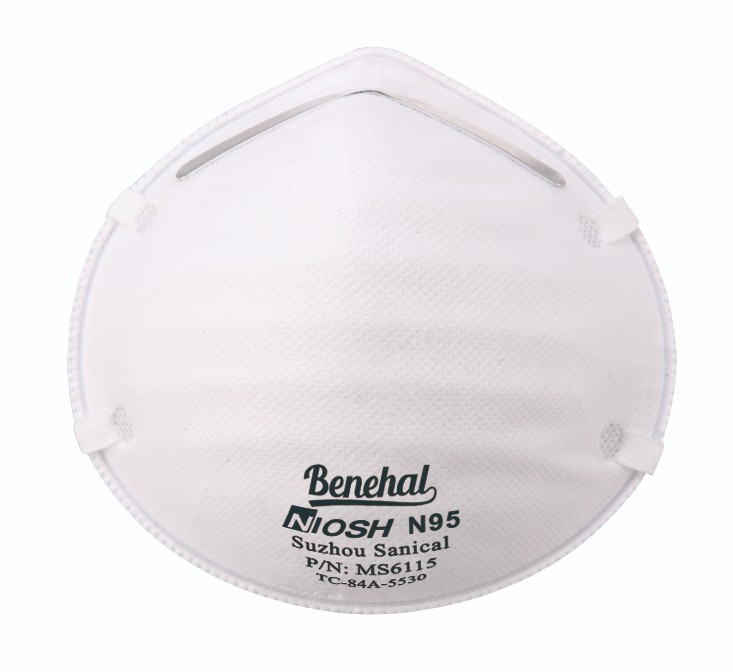
To know more and inquire about these Personal Protective Equipment:
or send us an email at mail@goodyearinternational.com
